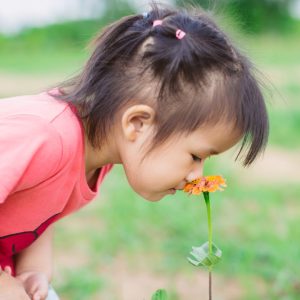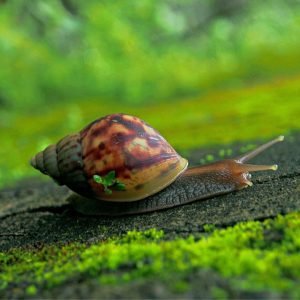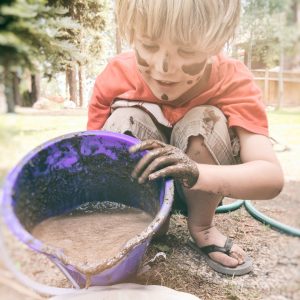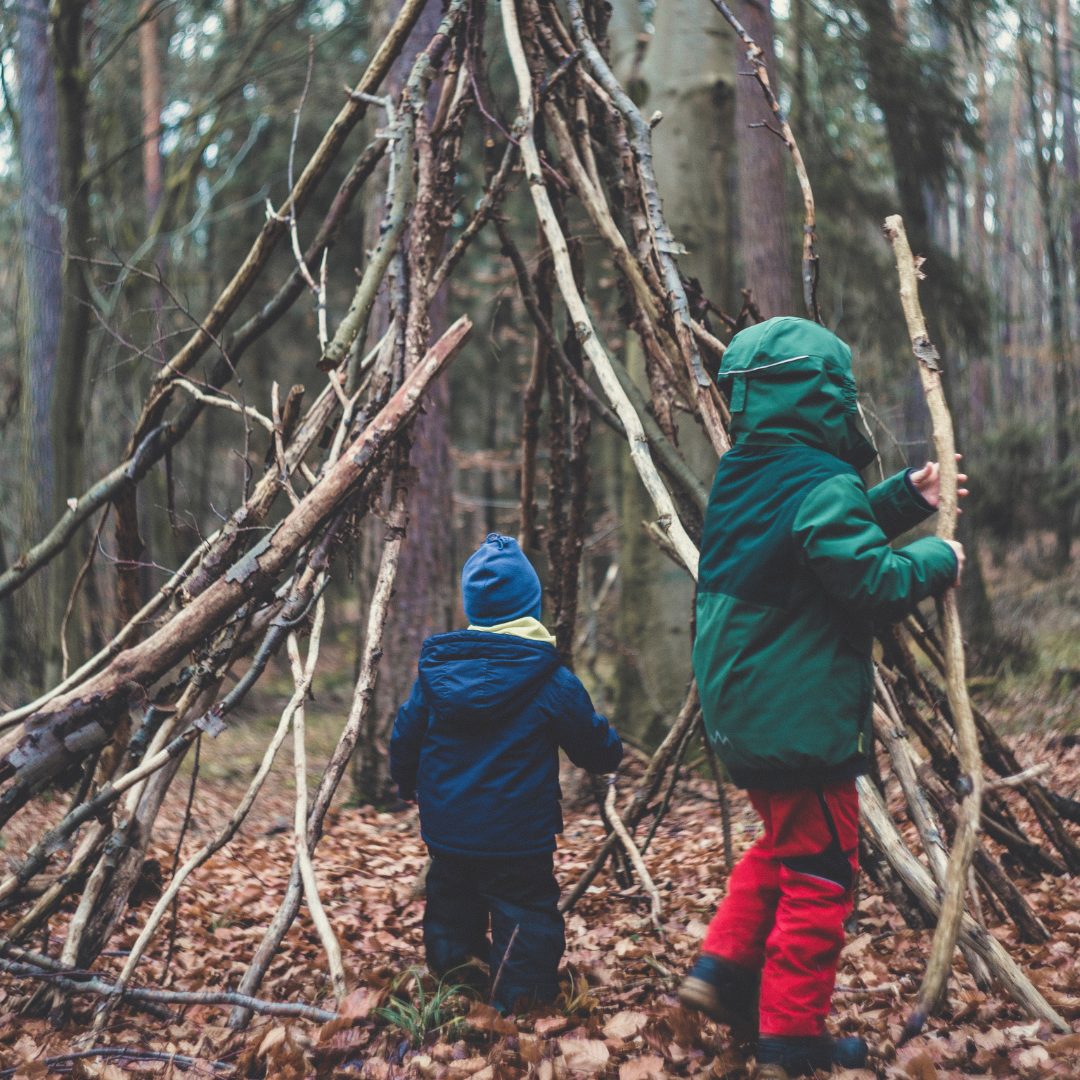By spending time in nature, your kids can experience better mental and physical health, gain a sense of environmental stewardship and learn essential skills. Being outside and learning about the seasons and cycles of their surroundings and the plants, animals and insects that inhabit them is an incredible learning experience.
“The benefits of exploring nature can vary from kid to kid,” says nature facilitator and HomeLearners Network Guide, Anna. “Nature can have a calming effect but can also be very stimulating. There’s so much to absorb and see!”
Anna has worked outdoors with children in various settings, including as a nature kindergarten facilitator, forest school educator and nature camp leader after training as a nature facilitator with the Child and Nature Alliance of Canada.
“I came to teaching through my love of outdoor experiences and environmental education,” she says. “Spending time playing in forests and beaches was such an important part of my childhood, and I can see its value for my own kids. Connecting kids to nature and making nature accessible to them is a huge passion of mine.”
We sat down with Anna to talk about some great ways that you can help your kids immerse themselves in nature.
 #1. Ask them to expand their senses beyond sight
#1. Ask them to expand their senses beyond sight
While there can be so many exciting things to see on nature walks and adventures, the natural world can present itself in entirely new ways by focusing on different senses.
“If you’re out in a forest or another very natural place, there’s usually a rich array of noises and smells,” says Anna. “Kids love exploring with their senses, and it comes naturally to them.”
Encourage your kids to close their eyes and concentrate on what they can hear, smell, feel and taste. “Tasting is something you want to do with care, of course,” says Anna. “But if you know the food is safe to eat, tasting wild foods can be a wonderful way to connect with nature.”
 #2. Allow time to discover new things by slowing down
#2. Allow time to discover new things by slowing down
“Kids are often fascinated by tiny things right under their feet, so being able to slow down and notice those tiny things that may be close to home can be very rewarding,” Anna says. “Be prepared not to go any further than the crack in the sidewalk in front of your house!”
There might be a tiny thing on your front lawn that ends up being your final destination, so Anna suggests embracing the idea of shorter journeys.
 #3. Indulge their natural desire to play in their surroundings
#3. Indulge their natural desire to play in their surroundings
From rolling down a hill to skipping rocks and building sand castles, the natural world is a beautiful place for playful activities and an excellent way for kids to connect with nature.
“The forest near my house has one of my kid’s favourite spots,” Anna reflects. “There’s a log that has fallen in such a way that it’s created a natural teeter-totter and a big hollowed-out tree that my kids call ‘The Elevator’ because they can climb up the middle and jump down the other side.”
 #4. Complement their adventures with nature books
#4. Complement their adventures with nature books
Bringing along a field guide can be an excellent addition to nature exploration. “There are so many good ones, and some of them are compact and easy to take along,” Anna suggests.
Plant, tree, bird and animal guides are wonderful examples of books that can enrich your kid’s next outdoor experience. Some field guides may even offer all of these in one!
“There are also many fiction and nonfiction books for kids that bring up nature themes. These can be a great way for your kids to expand their knowledge, reflect on their outdoor experiences and plan new ones!”
 #5. Empower their exploration through art
#5. Empower their exploration through art
You can bring your kid’s art supplies and journals with you outside so that they can record what they see, and you can encourage them to use natural materials in the things they create by making art in nature or bringing nature home to use.
“When kids use natural materials to make something, it doesn’t have to be something that’s going to stick around for long,” says Anna. “It may be blown away by the wind or washed away by the rain, but it’s still really fun to build and create.”
Kids can also take inspiration from what they see outside. “Even looking closely at a pine cone and noticing all the patterns there can be a great way to inspire their creations,” says Anna. “They get a chance to emulate the patterns they see in the world.”
Coming May 2: Nature Club with Anna!
 If your kids are between the ages of 6 and 9, HomeLearners Network’s Nature Club is the perfect Series for them to learn about the environment and connect with the outdoors through science and art!
If your kids are between the ages of 6 and 9, HomeLearners Network’s Nature Club is the perfect Series for them to learn about the environment and connect with the outdoors through science and art!
Starting on May 2, Nature Club’s three-part Series will be broken down into themes: Air, Water and Earth. Your kids will learn about plants, birds and the properties of water while creating plant art, making bird nests and building their own water filters!
“An online nature club might feel counterintuitive, but this will be a great opportunity for kids to meet other kids and learn new skills, techniques and ideas they can bring on their next nature excursions,” says Anna.








